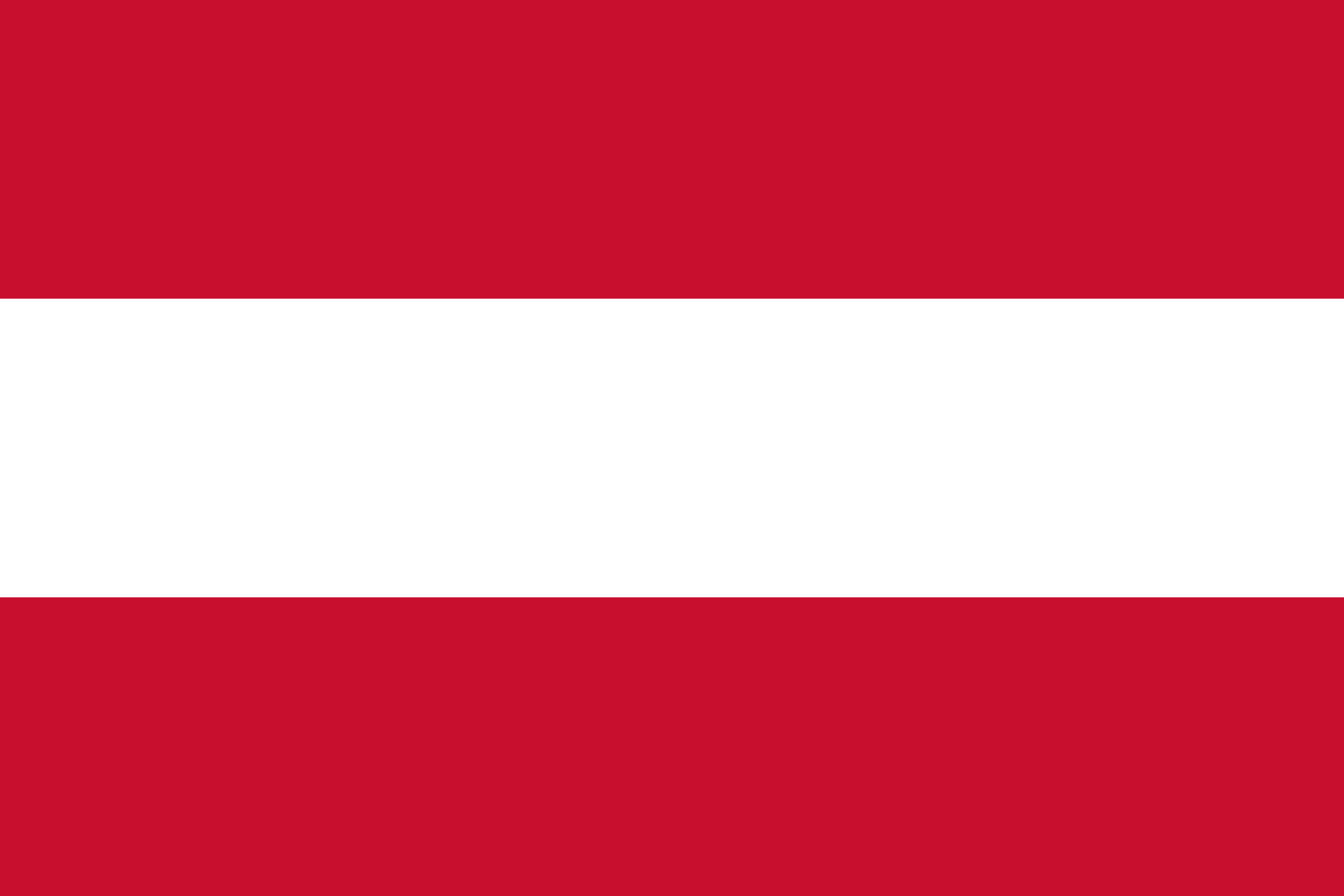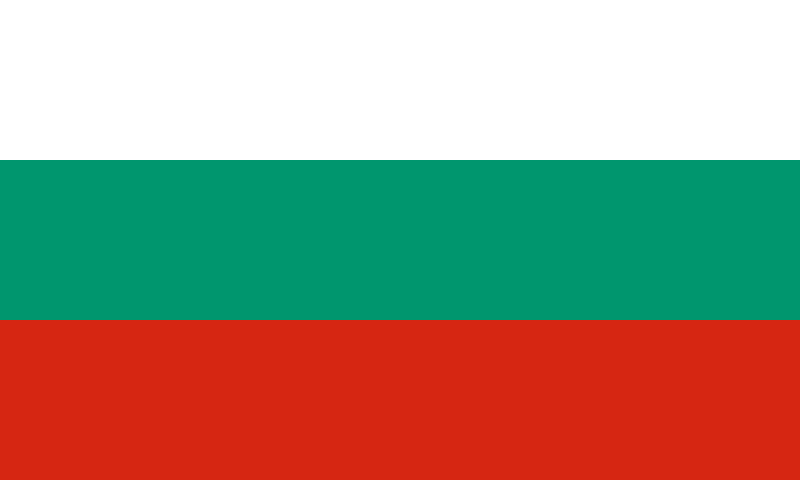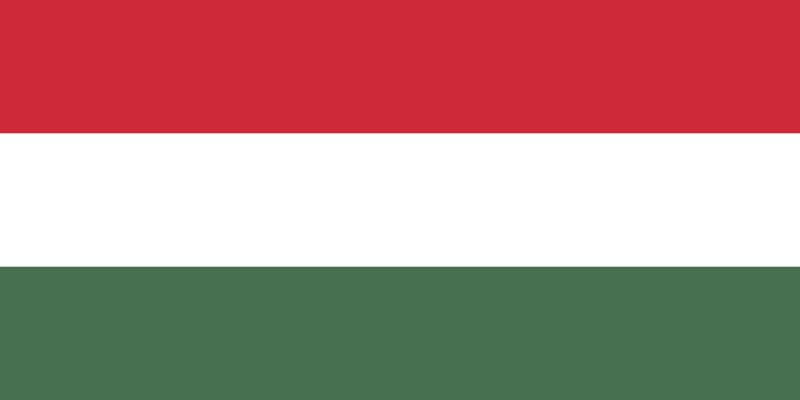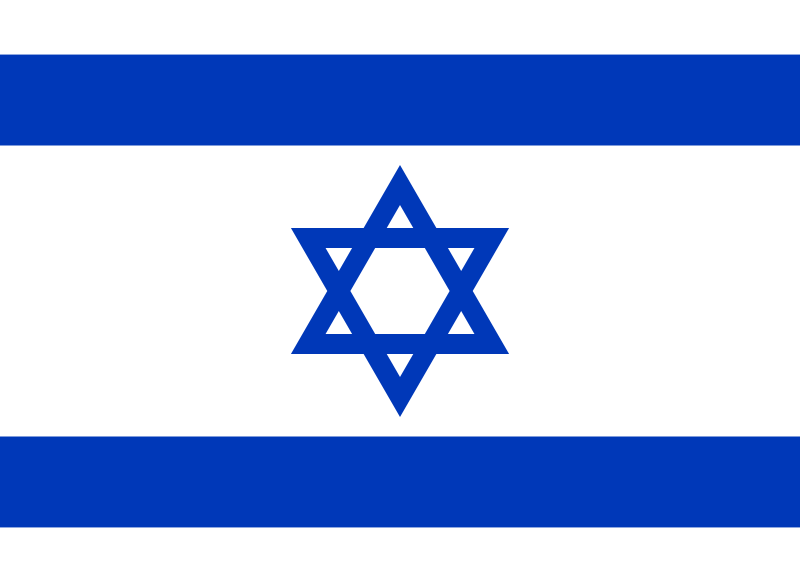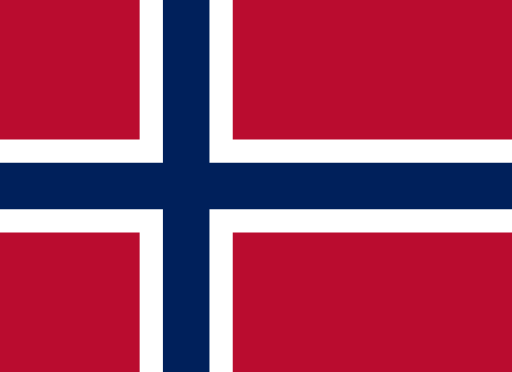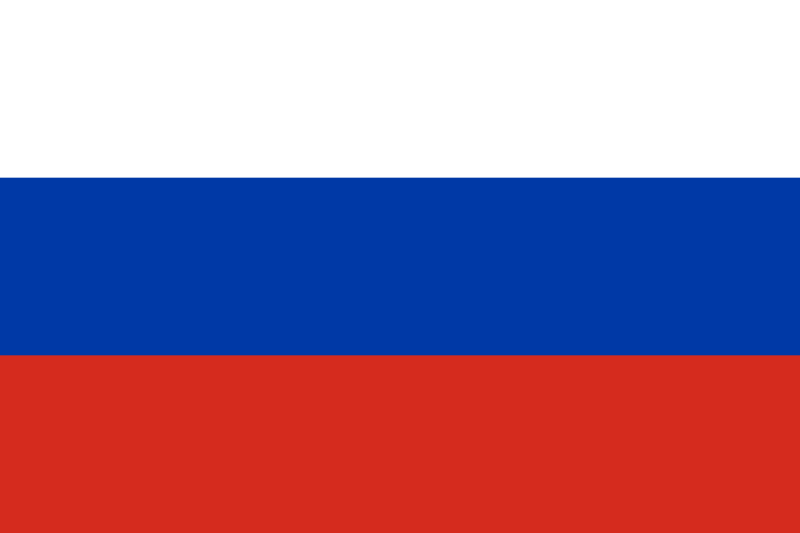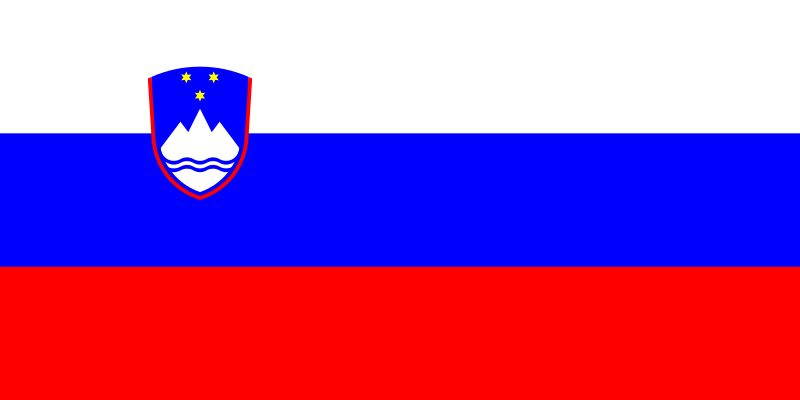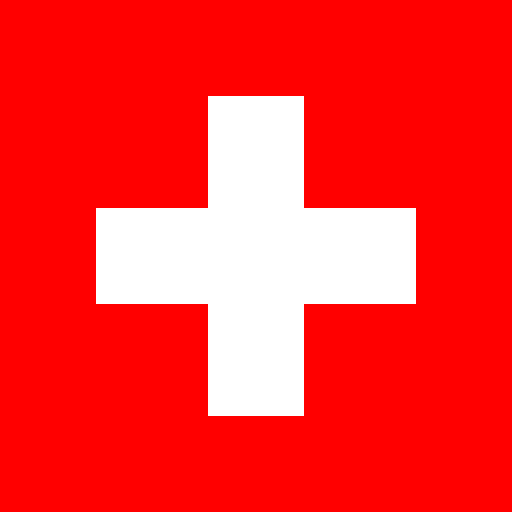Study Design
The HLS19 applied a multi-center cross-sectional study design. The study population was defined as all permanent residents aged 18 and above living in private households in the 17 participating countries. A total of 42,445 interviews were included in the study. National sample sizes were expected to be at least 1,000 but varied from 865 to 5,660 respondents. The participating countries used a multi-stage random sampling procedure or quota sampling, and most countries stratified samples by gender, age group, population density, and geographical areas/regions. Data were collected through face-to-face, telephone, or web-based interviews, or a combination of these. The timeframe for data collection was, due to the COVID-19 pandemic, from November 2019 to June 2021.
HLS19 instruments
To measure general health literacy, an adapted 47-item instrument, the HLS19-Q47, and two adapted short forms, the HLS19-Q12 and the HLS19-Q16, were developed based on the HLS-EU-Q47 instrument to collect data. Instruments were developed to measure:
- Digital health literacy (HLS19-DIGI),
- Communicative health literacy with physicians in healthcare HLS19-COM-P-Q11 and HLS19-COM-P-Q6, a short form),
- Navigational health literacy (HLS19-NAV),
- Vaccination health literacy (HLS19-VAC)
Factsheets on the HLS19 instruments including information on psychometric properties can be found here.
In addition, 31 core and 18 optional correlates were included in the HLS19 questionnaires. Participating countries had to implement at least the HLS19-Q12 and the 31 core correlates, all other parts were optional.
The HLS19 instruments were developed in English and translated by 16 of the 17 countries into their national language(s) (Ireland used the original English version), resulting in a wide range of languages in which the instruments are now available: Arabic, Bulgarian, Czech, Danish, Dutch, French, German, Hebrew, Hungarian, Italian, Norwegian, Portuguese, Russian, Slovenian, and Slovak. In addition, some countries have translated the instruments also into migrant languages. As only the HLS19-Q12 was mandatory, not all instruments are available in all these languages.
A detailed overview of the available translations of the different HLS19 instruments can be found here:

